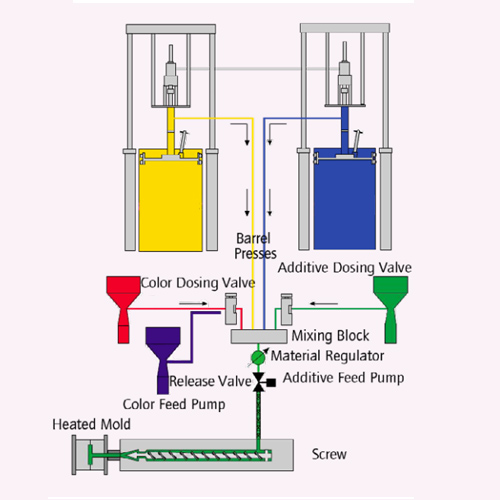IATF 16949:2016 & ISO9001:2015 Email: jazz@yuanyicommodity.com Tel: +86-15918732691 WhatsApp: +86-15918732691
Factory: Huangshan Yongrui BiotechnologyCo., Ltd.
Office: Guangzhou Yuanyi Commodity Co, Ltd.
ISO9001
- Home
- OEM/ODM Service
- Silicone baby products
- Silicone Bibs in Stock
- Silicone baby bowls in stock
- Silicone Baby Spoon in stock
- Collapsible Silicone Snack Cup in Stock
- Mother Care Products
- Baby feeding set
- Silicone Suction Plate
- Silicone Bibs
- Silicone Baby Bowls
- Silicone Teether & Pacifier
- Silicone Feeding Spoon & Fork
- Silicone Baby Led Weaning Tableware
- Custom Silicone baby Feeding Set
- Silicone kitchenware products
- Custom silicone rubber parts & accessories
- Rubber keypad customization solution
- Custom Silicone Pet Slow Food Bowl
- Silicone baby products
- Capability
- Resource
- Contact

